BLACK FRIDAY SALE | 50% OFF ALL LEED EXAM PREP PRODUCTS! | PASS YOUR EXAM CONFIDENTLY, ON YOUR FIRST TRY!
BLACK FRIDAY SALE | 50% OFF ALL LEED EXAM PREP PRODUCTS! | PASS YOUR EXAM CONFIDENTLY, ON YOUR FIRST TRY!
Add description, images, menus and links to your mega menu
A column with no settings can be used as a spacer
Link to your collections, sales and even external links
Add up to five columns
Add description, images, menus and links to your mega menu
A column with no settings can be used as a spacer
Link to your collections, sales and even external links
Add up to five columns

Projectific Blog
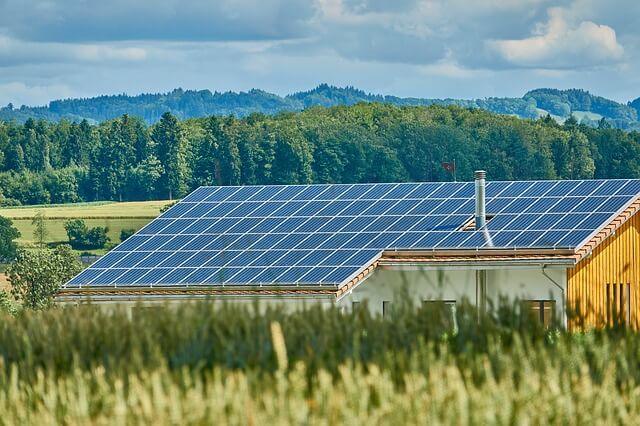
What Is LEED For Homes?
1 min read

LEED For Neighborhood Development (LEED ND) Rating Systems In Details
2 min read

LEED For Building Design And Construction (LEED BD+C) Rating Systems In Details
3 min read
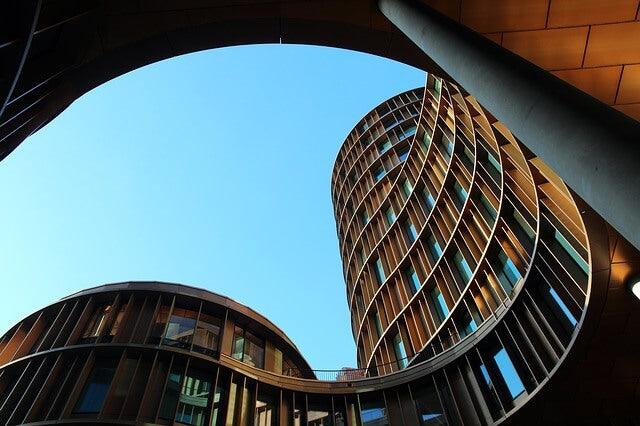
LEED Rating System Evolution
1 min read
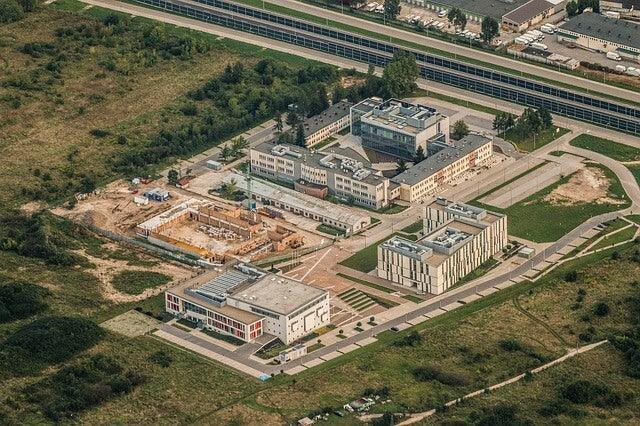
What Is LEED Campus?
1 min read
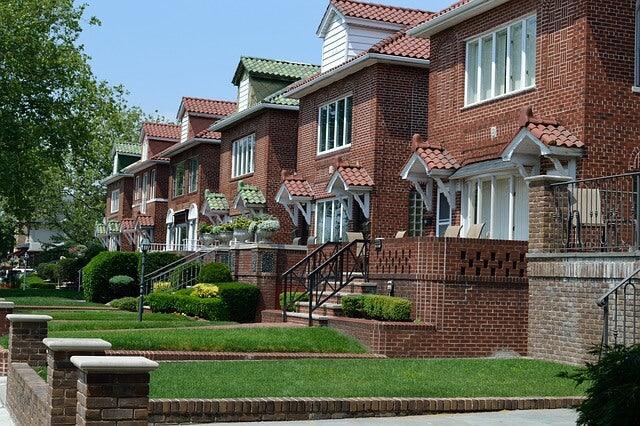
What Is LEED Volume?
1 min read

What Is Addenda In LEED?
1 min read

What Is A LEED Interpretation?
1 min read

What is a Credit Interpretation Ruling (CIR) in LEED?
1 min read

Project Certification Process For LEED For Neighorhood Development (LEED ND) Projects
1 min read

Project Review Phase For LEED BD+C And LEED ID+C Projects
2 min read
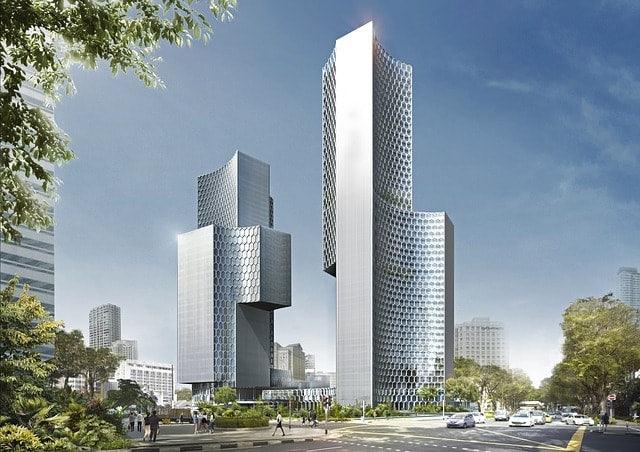
What is GBCI?
1 min read

